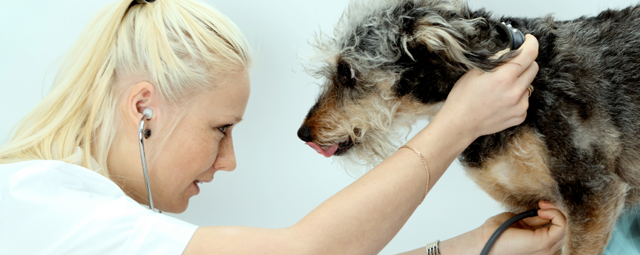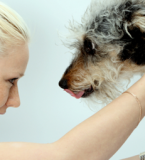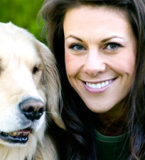Cataracts
Composed of various structures, the eye is a complex organ. When light enters the eye, it passes through the cornea, a thin membrane covering the eye, into the pupil, the dark hole in the center of the eye, and gets refracted through the lens onto the retina. These various structures work to make seeing possible. One of the conditions that can affect the eye is cataracts, which is typically described as the lens clouding.
Cataracts occur mainly in pets of older age, as the fibers in the eyes change over time. Cataracts can be mild or severe; in mild cases the affected pet can visualize objects, but they will be blurry. In severe cases, the patient can lose sight altogether. Other complications that lead to cataract formations include certain medications, disease of the skin, genetics, radiation, or trauma.
Diagnosis of cataracts is done through a dilation test. The veterinarian will diagnose the condition after simply shining a light into each eye to note these lens fluctuations. Treatment of cataracts requires surgery to remove the clouded lens and replace it. However, in some severe cases, replacement may not be possible, but the pet will still be able to see after surgery.






